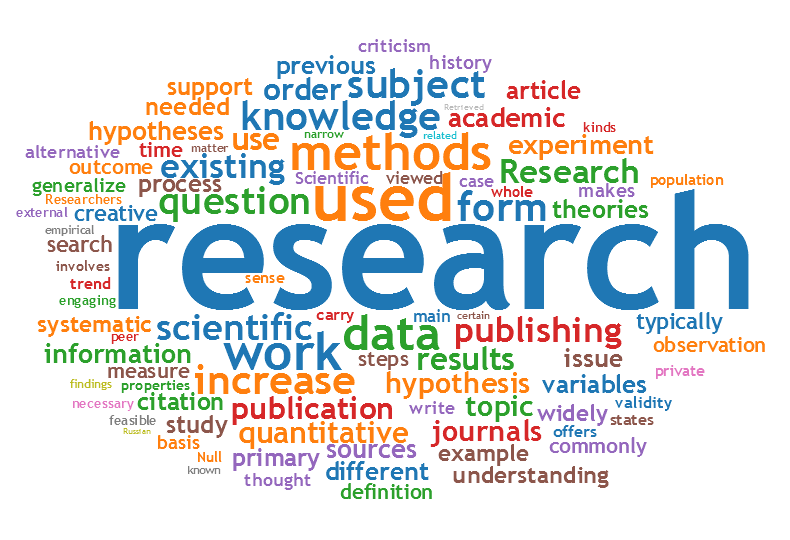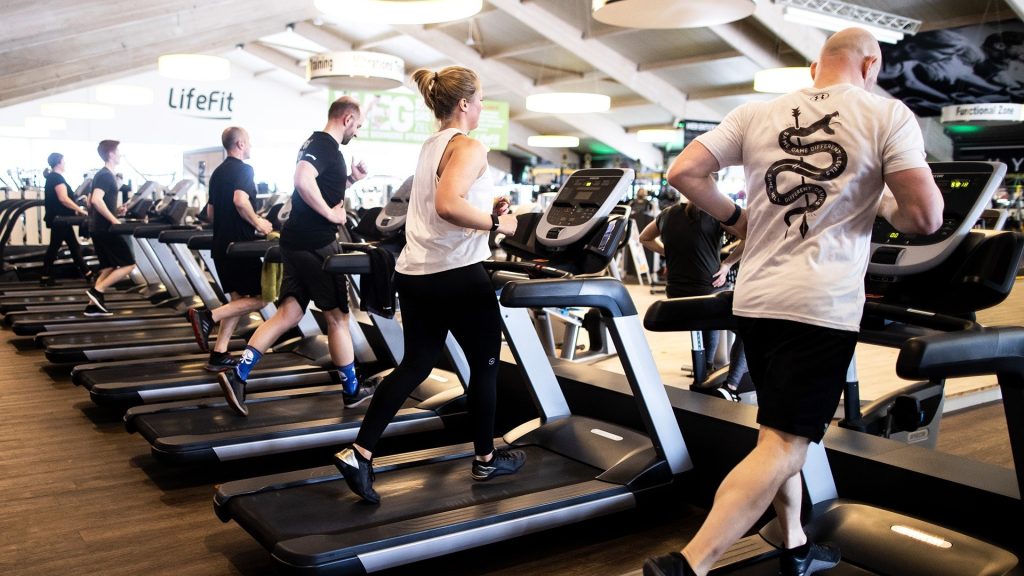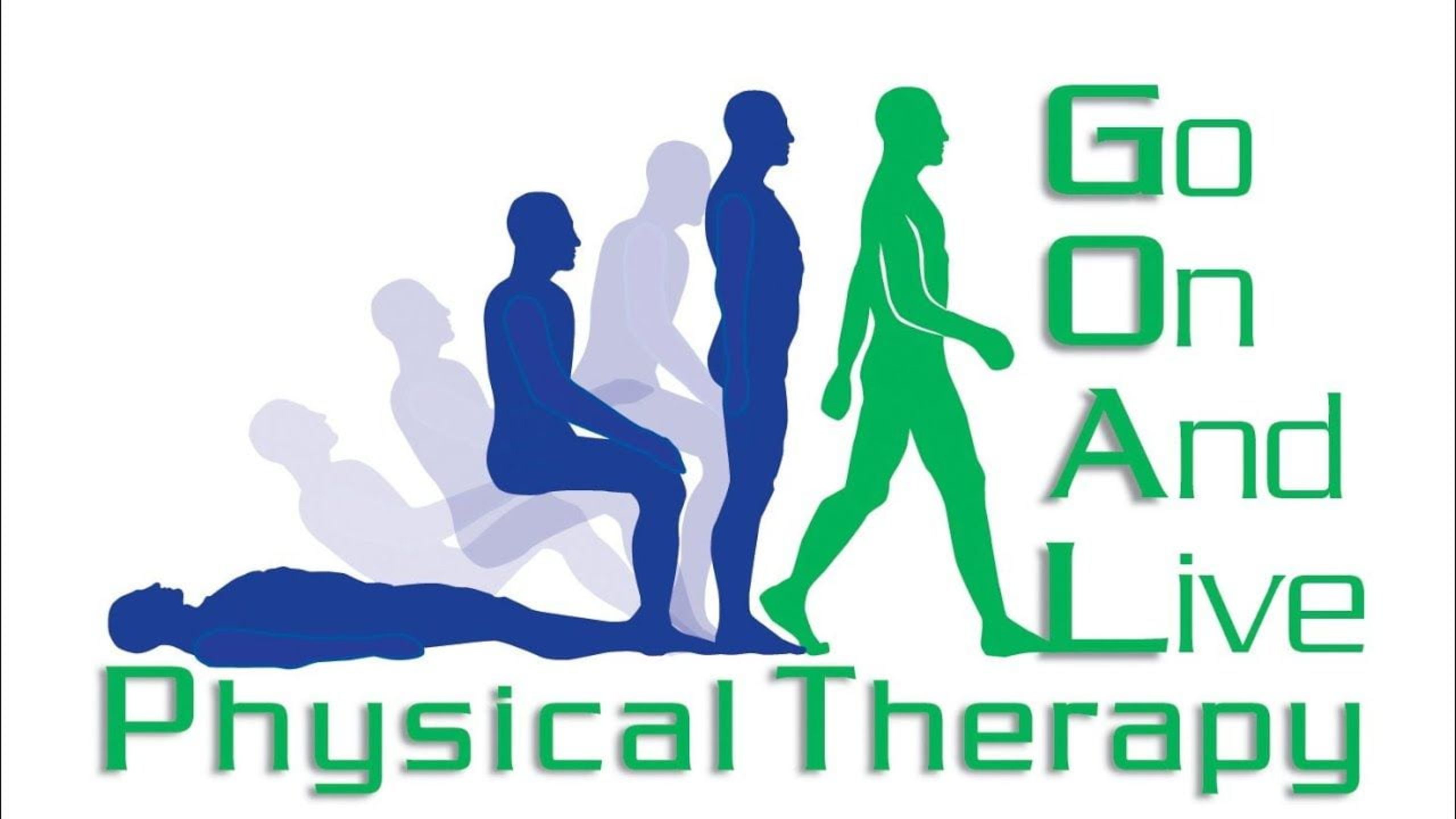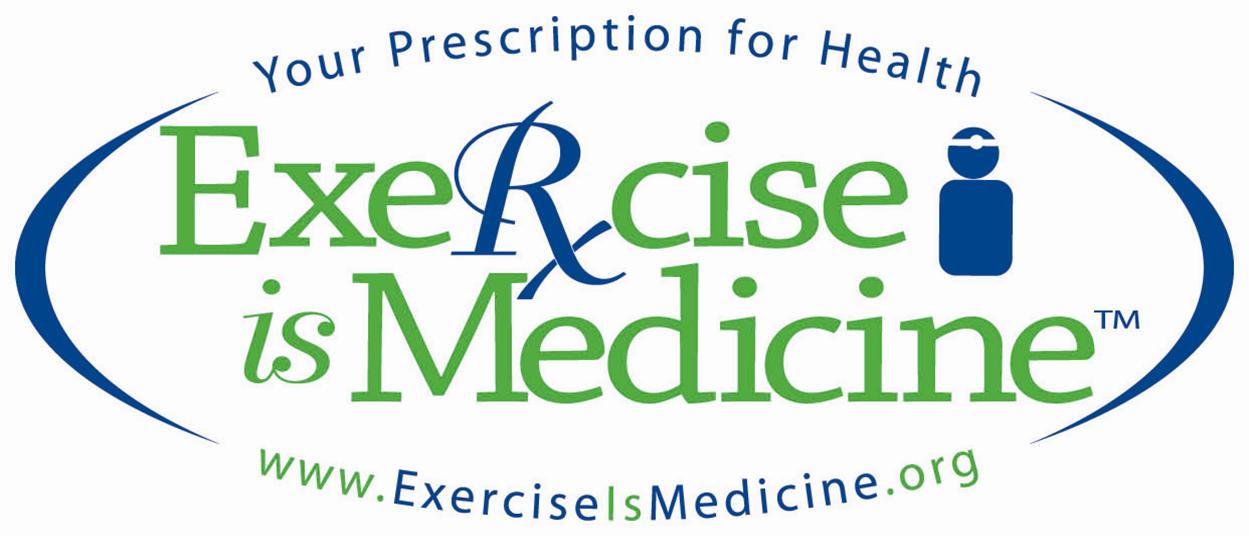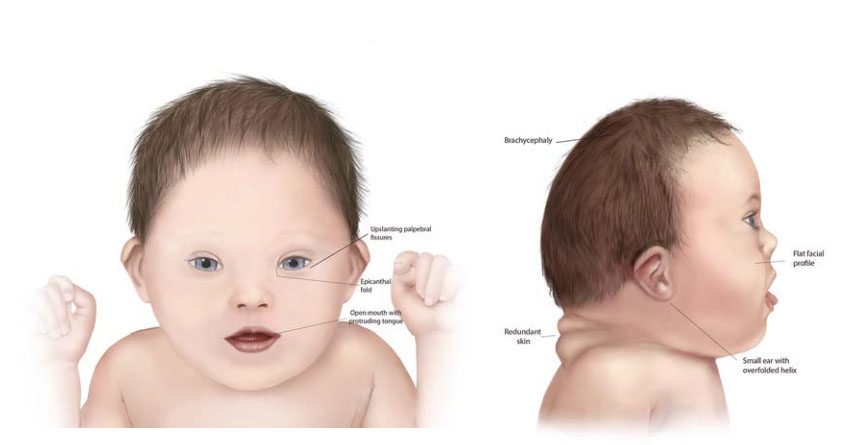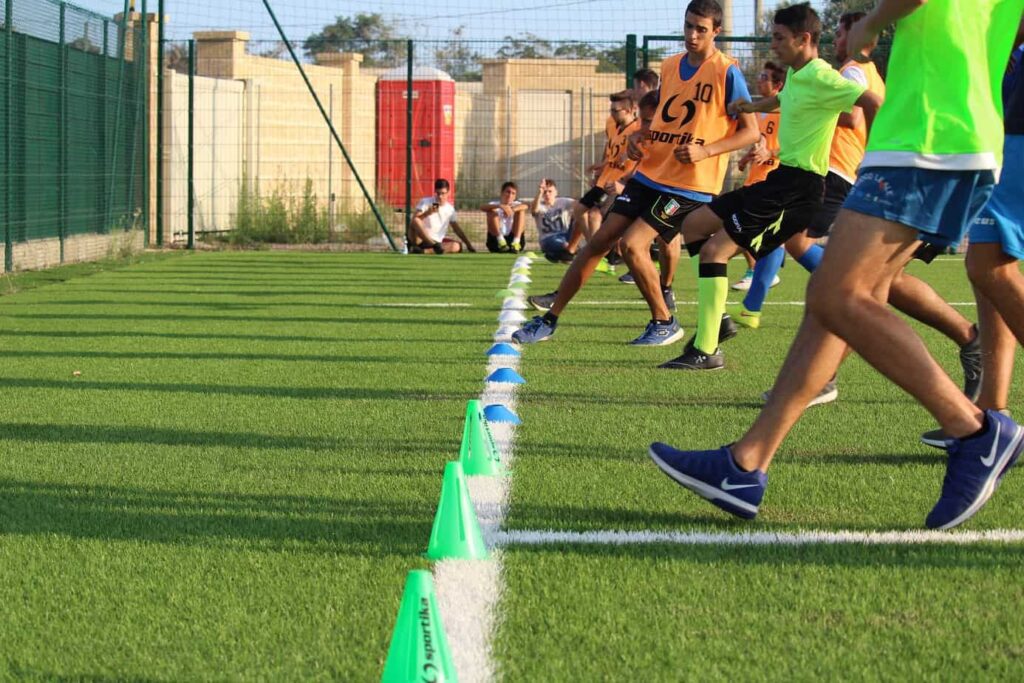What is Natural Language Understanding NLU and how is it used in practice?

One of the main advantages of adopting software with machine learning algorithms is being able to conduct sentiment analysis operations. Sentiment analysis gives a business or organization access to structured information about their customers’ opinions and desires on any product or topic. Natural Language Processing is a branch of artificial intelligence that uses machine learning algorithms to help computers understand natural human language. Another important application of NLU is in driving intelligent actions through understanding natural language. This involves interpreting customer intent and automating common tasks, such as directing customers to the correct departments. This not only saves time and effort but also improves the overall customer experience.

Human language is typically difficult for computers to grasp, as it’s filled with complex, subtle and ever-changing meanings. Natural language understanding systems let organizations create products or tools that can both understand words and interpret their meaning. According to various industry estimates only about 20% of data collected is structured data. The remaining 80% is unstructured data—the majority of which is unstructured text data that’s unusable for traditional methods. Just think of all the online text you consume daily, social media, news, research, product websites, and more.
Natural language understanding software can help you gain a competitive advantage by providing insights into your data that you never had access to before. Parsing is only one part of NLU; other tasks include sentiment analysis, entity recognition, and semantic role labeling. Automate data capture to improve lead qualification, support escalations, and find new business opportunities.
Natural Language Input and Output
Techniques commonly used in NLU include deep learning and statistical machine translation, which allows for more accurate and real-time analysis of text data. Overall, NLU technology is set to revolutionize the way businesses handle text data and provide a more personalized and efficient customer experience. Also known as natural language interpretation (NLI), natural language understanding (NLU) is a form of artificial intelligence. NLU is a subtopic of natural language processing (NLP), which uses machine learning techniques to improve AI’s capacity to understand human language. Deep learning is a subset of machine learning that uses artificial neural networks for pattern recognition. It allows computers to simulate the thinking of humans by recognizing complex patterns in data and making decisions based on those patterns.

For example, the discourse analysis of a conversation would focus on identifying the main topic of discussion and how each sentence contributes to that topic. Simplilearn’s AI ML Certification is designed after our intensive Bootcamp learning model, so you’ll be ready to apply these skills as soon as you finish the course. You’ll learn how to create state-of-the-art algorithms that can predict future data trends, improve business decisions, or even help save lives. Customer support agents can leverage NLU technology to gather information from customers while they’re on the phone without having to type out each question individually. It makes interacting with technology more user-friendly, unlocks insights from text data, and automates language-related tasks.
Machine learning approaches, such as deep learning and statistical models, can help overcome these obstacles by analyzing large datasets and finding patterns that aid in interpretation and understanding. Overall, text analysis and sentiment analysis are critical tools utilized in NLU to accurately interpret and understand human language. In NLU systems, natural language input is typically in the form of either typed or spoken language. Similarly, spoken language can be processed by devices such as smartphones, home assistants, and voice-controlled televisions.
Where is natural language understanding used?
The search engine, using Natural Language Understanding, would likely respond by showing search results that offer flight ticket purchases. Natural Language Understanding deconstructs human speech using trained algorithms until it forms a structured ontology, or a set of concepts and categories that have established relationships with one another. This computational linguistics data model is then applied to text or speech as in the example above, first identifying key parts of the language. Natural Language Understanding is a subset area of research and development that relies on foundational elements from Natural Language Processing (NLP) systems, which map out linguistic elements and structures. Natural Language Processing focuses on the creation of systems to understand human language, whereas Natural Language Understanding seeks to establish comprehension.
Important NLP tasks include speech recognition, language translation, sentiment analysis, and information extraction. Overall, natural language understanding is a complex field that continues to evolve with the help of machine learning and deep learning technologies. It plays an important role in customer service and virtual assistants, allowing computers to understand text in the same way humans do.
In both intent and entity recognition, a key aspect is the vocabulary used in processing languages. The system has to be trained on an extensive set of examples to recognize and categorize different types of intents and entities. Additionally, statistical machine learning and deep learning techniques are typically used to improve accuracy and flexibility of the language processing models. This branch of AI lets analysts train computers to make sense of vast bodies of unstructured text by grouping them together instead of reading each one. That makes it possible to do things like content analysis, machine translation, topic modeling, and question answering on a scale that would be impossible for humans. Natural Language Understanding (NLU) is the ability of machines to comprehend and interpret human language, enabling them to derive meaning from text.
What is Natural Language Understanding (NLU)? – AI’s Capability Beyond Words in Businesses
Natural language understanding has several advantages for both computers and people. Systems that speak human language can communicate with humans more efficiently, and such machines can better attend to human needs. Sophisticated contract analysis software helps to provide insights which are extracted from contract data, so that the terms in all your contracts are more consistent. Natural language understanding (NLU) is already being used by thousands to millions of businesses as well as consumers. Experts predict that the NLP market will be worth more than $43b by 2025, which is a jump in 14 times its value from 2017.
“Natural language generation,” or NLG, is a subfield of artificial intelligence that studies the automatic production of human-like language from structured data or information. Using linguistic concepts and algorithms, NLG systems translate data—typically in the form of databases or numerical information—into understandable, contextually relevant written or spoken language. With the use of this technology, machines can now generate meaningful writing that fits the situation, ranging from straightforward lines to complex narratives. The more the NLU system interacts with your customers, the more tailored its responses become, thus, offering a personalised and unique experience to each customer. However, true understanding of natural language is challenging due to the complexity and nuance of human communication.
Text analysis solutions enable machines to automatically understand the content of customer support tickets and route them to the correct departments without employees having to open every single ticket. Not only does this save customer support teams hundreds of hours,it also helps them prioritize urgent tickets. Accurately translating text or speech from one language to another is one of the toughest challenges of natural language processing and natural language understanding. Trying to meet customers on an individual level is difficult when the scale is so vast. Rather than using human resource to provide a tailored experience, NLU software can capture, process and react to the large quantities of unstructured data that customers provide at scale.
In fact, according to Accenture, 91% of consumers say that relevant offers and recommendations are key factors in their decision to shop with a certain company. NLU software doesn’t have the same limitations humans have when processing large amounts of data. It can easily capture, process, and react to these unstructured, customer-generated data sets. A chatbot https://chat.openai.com/ is a program that uses artificial intelligence to simulate conversations with human users. A chatbot may respond to each user’s input or have a set of responses for common questions or phrases. When you’re analyzing data with natural language understanding software, you can find new ways to make business decisions based on the information you have.
Natural language understanding is taking a natural language input, like a sentence or paragraph, and processing it to produce an output. It’s often used in consumer-facing applications like web search engines and chatbots, where users interact with the application using plain language. NLP (natural language processing) is concerned with all aspects of computer processing of human language.
Natural Language Understanding (NLU) is the ability of a computer to understand human language. You can use it for many applications, such as chatbots, voice assistants, and automated translation services. Two key concepts in natural language processing are intent recognition and entity recognition.
A sophisticated NLU solution should be able to rely on a comprehensive bank of data and analysis to help it recognize entities and the relationships between them. It should be able to understand complex sentiment and pull out emotion, effort, intent, motive, intensity, and more easily, and make inferences and suggestions as a result. Using our example, an unsophisticated software tool could respond by showing data for all types of transport, and display timetable information rather than links for purchasing tickets. Without being able to infer intent accurately, the user won’t get the response they’re looking for.
What is NLU (Natural Language Understanding)? – Unite.AI
What is NLU (Natural Language Understanding)?.
Posted: Fri, 09 Dec 2022 08:00:00 GMT [source]
Accenture reports that 91% of consumers say they are more likely to shop with companies that provide offers and recommendations that are relevant to them specifically. Of course, Natural Language Understanding can only function well if the algorithms and machine learning that form its backbone have been adequately trained, with nlu definition a significant database of information provided for it to refer to. Entity recognition identifies which distinct entities are present in the text or speech, helping the software to understand the key information. Named entities would be divided into categories, such as people’s names, business names and geographical locations.
NLU powers chatbots, sentiment analysis tools, search engine improvements, market research automation, and more. In our research, we’ve found that more than 60% of consumers think that businesses need to care more about them, and would buy more if they felt the company cared. Part of this care is not only being able to adequately meet expectations for customer experience, but to provide a personalized experience.
- Sentiment analysis of customer feedback identifies problems and improvement areas.
- Natural language processing is the process of turning human-readable text into computer-readable data.
- It involves techniques that analyze and interpret text data using tools such as statistical models and natural language processing (NLP).
Identifying and classifying entities (such as names of people, organizations, locations, dates, etc.) in a given text. These applications showcase the diverse ways in which NLU can be applied to enhance human-computer interaction across various domains. NLU is employed to categorize and organize content based on themes, topics, or predefined categories.
Numeric entities would be divided into number-based categories, such as quantities, dates, times, percentages and currencies. Furthermore, consumers are now more accustomed to getting a specific and more sophisticated response to their unique input or query – no wonder 20% of Google search queries are now done via voice. No matter how you look at it, without using NLU tools in some form or the other, you are severely limiting the level and quality of customer experience you can offer. The natural language understanding in AI systems can even predict what those groups may want to buy next. Let’s say, you’re an online retailer who has data on what your audience typically buys and when they buy. Using AI-powered natural language understanding, you can spot specific patterns in your audience’s behaviour, which means you can immediately fine-tune your selling strategy and offers to increase your sales in the immediate future.
Because conversational interfaces are designed to emulate “human-like” conversation, natural language understanding and natural language processing play a large part in making the systems capable of doing their jobs. You can foun additiona information about ai customer service and artificial intelligence and NLP. It allows computers to “learn” from large data sets and improve their performance over time. Machine learning algorithms use statistical methods to process data, recognize patterns, and make predictions. In NLU, they are used to identify words or phrases in a given text and assign meaning to them.
Natural-language understanding
NLU provides support by understanding customer requests and quickly routing them to the appropriate team member. Because NLU grasps the interpretation and implications of various customer requests, it’s a precious tool for departments such as customer service or IT. It has the potential to not only shorten support cycles but make them more accurate by being able to recommend solutions or identify pressing priorities for department teams. A data capture application will enable users to enter information into fields on a web form using natural language pattern matching rather than typing out every area manually with their keyboard. It makes it much quicker for users since they don’t need to remember what each field means or how they should fill it out correctly with their keyboard (e.g., date format). Natural language understanding is the process of identifying the meaning of a text, and it’s becoming more and more critical in business.
There are so many possible use-cases for NLU and NLP and as more advancements are made in this space, we will begin to see an increase of uses across all spaces. Using NLU, voice assistants can recognize spoken instructions and take action based on those instructions. For example, a user might say, “Hey Siri, schedule a meeting for 2 pm with John Smith.” The voice assistant would use NLU to understand the command and then access the user’s calendar to schedule the meeting. Similarly, a user could say, “Alexa, send an email to my boss.” Alexa would use NLU to understand the request and then compose and send the email on the user’s behalf.
Make sure your NLU solution is able to parse, process and develop insights at scale and at speed. NLU tools should be able to tag and categorize the text they encounter appropriately. NLP attempts to analyze and understand the text of a given document, and NLU makes it possible to carry out a dialogue with a computer using natural language. In this case, the person’s objective is to purchase tickets, and the ferry is the most likely form of travel as the campground is on an island. In conclusion, NLU is a crucial component of AI technology that enables a more natural and intuitive interaction between humans and computers. NLU works by applying algorithms to identify and extract the natural language rules.
The goal of question answering is to give the user response in their natural language, rather than a list of text answers. Try out no-code text analysis tools like MonkeyLearn to automatically tag your customer service tickets. You can type text or upload whole documents and receive translations in dozens of languages using machine translation tools. Google Translate even includes optical character recognition (OCR) software, which allows machines to extract text from images, read and translate it. This is just one example of how natural language processing can be used to improve your business and save you money.

These tools use NLU to analyze and condense large amounts of text into shorter, more digestible summaries. While NLU processes may seem instantaneous to the casual observer, there is much going on behind Chat PG the scenes. Data must be gathered, organized, analyzed, and delivered before it is made functional. Natural language is the way we use words, phrases, and grammar to communicate with each other.
For example, in NLU, various ML algorithms are used to identify the sentiment, perform Name Entity Recognition (NER), process semantics, etc. NLU algorithms often operate on text that has already been standardized by text pre-processing steps. But before any of this natural language processing can happen, the text needs to be standardized.
- The search engine, using Natural Language Understanding, would likely respond by showing search results that offer flight ticket purchases.
- Here, they need to know what was said and they also need to understand what was meant.
- This can be used to automatically create records or combine with your existing CRM data.
- Using complex algorithms that rely on linguistic rules and AI machine training, Google Translate, Microsoft Translator, and Facebook Translation have become leaders in the field of “generic” language translation.
- It also helps in analyzing social media sentiment, enhancing customer service, and improving accessibility through voice-activated systems.
By allowing machines to comprehend human language, NLU enables chatbots and virtual assistants to interact with customers more naturally, providing a seamless and satisfying experience. NLP and NLU are similar but differ in the complexity of the tasks they can perform. NLP focuses on processing and analyzing text data, such as language translation or speech recognition. NLU goes a step further by understanding the context and meaning behind the text data, allowing for more advanced applications such as chatbots or virtual assistants. Natural language understanding (NLU) is an artificial intelligence-powered technology that allows machines to understand human language. The technology sorts through mispronunciations, lousy grammar, misspelled words, and sentences to determine a person’s actual intent.
Natural language understanding AI aims to change that, making it easier for computers to understand the way people talk. With NLU or natural language understanding, the possibilities are very exciting and the way it can be used in practice is something this article discusses at length. Botpress can be used to build simple chatbots as well as complex conversational language understanding projects. The platform supports 12 languages natively, including English, French, Spanish, Japanese, and Arabic.
Natural language understanding implements algorithms that analyze human speech and break it down into semantic and pragmatic definitions. NLU technology aims to capture the intent behind communication and identify entities, such as people or numeric values, mentioned during speech. The last place that may come to mind that utilizes NLU is in customer service AI assistants. Intent recognition involves identifying the purpose or goal behind an input language, such as the intention of a customer’s chat message. For instance, understanding whether a customer is looking for information, reporting an issue, or making a request. On the other hand, entity recognition involves identifying relevant pieces of information within a language, such as the names of people, organizations, locations, and numeric entities.

